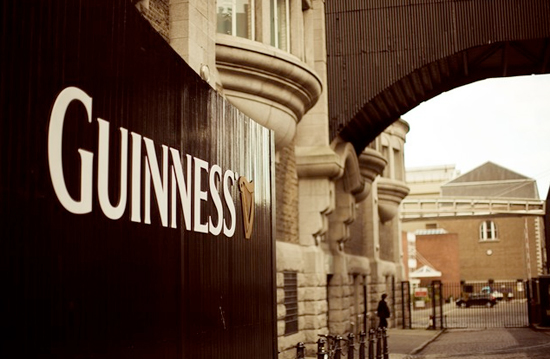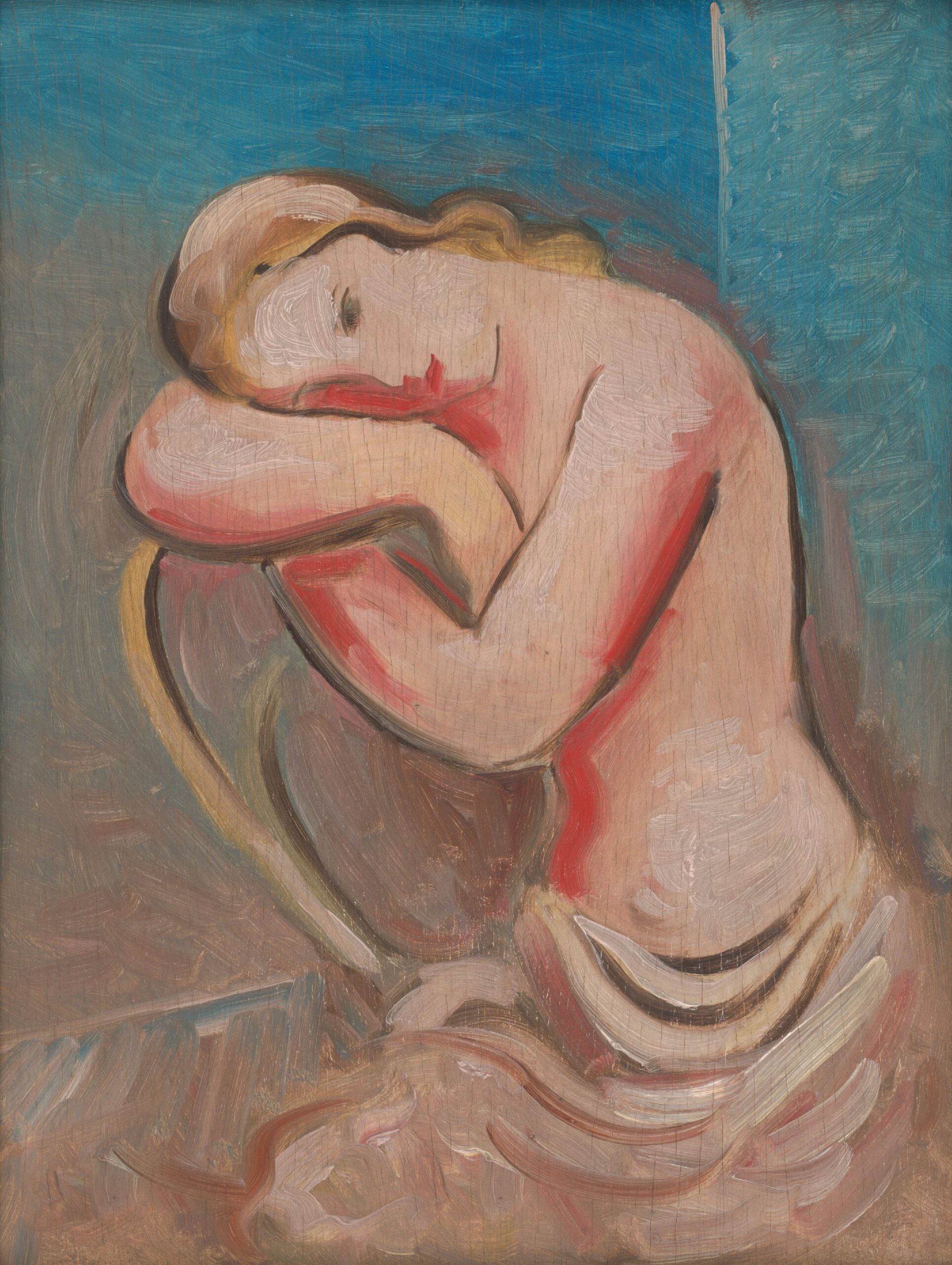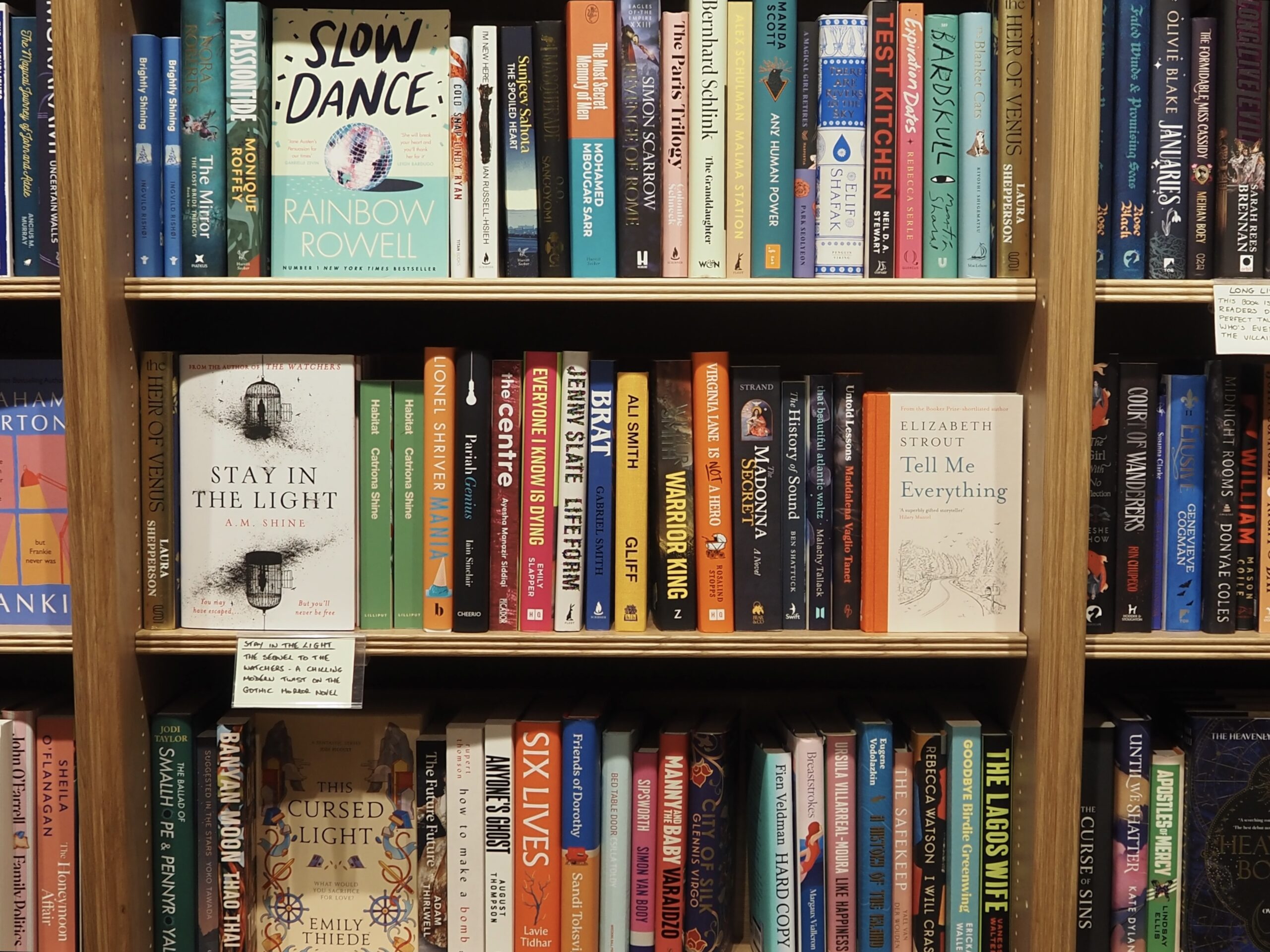I’m going to do something fairly uncool and talk about my dislike of drinking. This distaste stems from a particular pilgrimage that many tourists make when they arrive in Dublin, one that sits at the heart of Ireland’s cultural and economic narrative: the Guinness Storehouse. It’s where I recently found myself; chaperoning a distant American cousin who had eagerly awaited this visit. For him, it was a chance to experience the essence of ‘Irishness’ For me, the experience was tinged with a discomfort that grew as we wandered through the polished halls of this temple to beer.
Guinness is more than just a drink in Ireland; it’s a cultural staple. Its harp-shaped logo is so deeply intertwined with the Irish identity that it’s hard to imagine one without the other. The brewery looms over an industrial housing area in the Liberties where it was founded in 1759, with the Storehouse’s tourism section jutting upwards. Guinness has been instrumental in shaping how Ireland is perceived by the world. It’s become a powerful symbol of Irish soft power, a liquid ambassador that has long outgrown its Dublin origins.
The Guinness Storehouse itself is a masterclass in branding, deftly weaving the history of the stout with the history of Ireland. As you ascend the factory floors, you’re reminded of the Guinness family’s contributions to Dublin’s development, from housing projects to public spaces. Within these walls is a pride Guinness seems keen to manufacture, that their product is something to be celebrated. I trailed my cousin through the museum, passing statistics pasted to the walls about the millions of pints consumed at home every year.
Ireland’s relationship with alcohol is complicated. It’s a relationship that has been romanticised and mythologised, but beneath the surface lies the reality:alcohol is a drug, and like any drug, it can be addictive. Ireland’s relationship with binge drinking is well documented and the latest Health Research Board study suggests that despite a 30% drop in consumption over the last two decades, 1 in 10 people are still alcohol dependent. Statistics, however, are hardly needed to illustrate our own experiences; drink is everywhere, and when the issue is raised it’s often dismissed with a laugh and a shrug.
My cousin doesn’t recognise this, and I wouldn’t expect him to. Thanks to tourism and successful advertising he can view Guinness through rose tinted glasses, with its warm, convivial atmosphere, as a cornerstone of Irish culture. The pub has been the subject of glamorisation, a vital element of the public sphere during sustained periods of abject poverty. For many emigrants, the pub became a symbol of home and comfort in foreign lands. In New York City during the antebellum period marked by famine-induced immigration, every Irish American politician was at some point a saloonkeeper. 150 years later, perspectives of Ireland are largely swayed and controlled by the larger, broader, more economically fortunate diaspora, whose consumption of tourism has a greater influence on the perception of Irish people than Irish people can exert on themselves. Consequently, the deep-rooted connection to alcohol has also led to a reliance on it, not just socially, but as an economic driver of how we are perceived.
However, this reliance on alcohol for cultural identity and economic gain comes with consequences. The dominance of beer, particularly Guinness, in Ireland’s cultural landscape has reinforced certain stereotypes. Tourists arrive in Ireland, eager to indulge in what they perceive as the quintessential Irish experience: a night of drinking in a pub, perhaps with some traditional music playing in the background. It’s an experience that can reinforce a narrow and at times damaging perception of Irish culture.
Having dropped this cousin off and sent him on his way to find himself in the aisles of the downstairs gift shop, I was reminded of a recent advertisement in the city from the EPIC museum, showing an AI generated image of what the average Irish person looked like. The result? A flushed, drunken figure, fist clenched with a pint glass in hand. Pictures like these are a callback to anti-Irish propaganda that was rife in Britain during the 19th and 20th centuries. It’s a jarring image, not because it’s obviously at odds with the modern country we have grown up in, but because there is no clear way in which depictions like this can be by Irish people. tourism has galvanised and glamorised the alcohol industry in our society, we cannot hope for others to know us as we know ourselves without the tint of nostalgia, or glamour of beer as shown on a glossy poster.
I watched my cousin take in the view of the city from the Storehouse’s top floor, his eyes wide, gladly accepting the complementary pint handed to him for ascending the seven floors. He was enjoying the experience, revelling in his strengthened connection to his own heritage, but I was left wondering about the cost of this bond. Guinness, and by extension alcohol, has become so deeply embedded in the Irish identity that it’s hard to disentangle one from the other. But even as alcohol consumption declines, and Gen-Z increasingly rejects drinking at a greater rate, this perception remains hard to pull away from.
I would be foolish to ask this cousin to pour away his pint and pick up a play by Brendan Behan. The path to define oneself to others is rarely found in the micro-niche, and if anything, I have to credit the Storehouse for keeping my cousin entertained for a few hours. Yet, when left to tourism boards and merchandise shops, Irish culture and identity more broadly is susceptible to commoditisation and overshadowed by a pint of stout. If we want to take control of how we are perceived, both at home and abroad, we need to reconsider the role that alcohol plays in our national identity. Guinness may be a symbol of Irish culture, but it shouldn’t define it. As I left the Storehouse that day, I couldn’t help but wonder if it’s time for Ireland to tell a different story—one that celebrates all our rich traditions, not just those that come in a glass.







